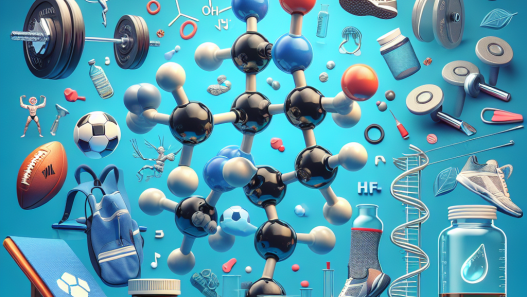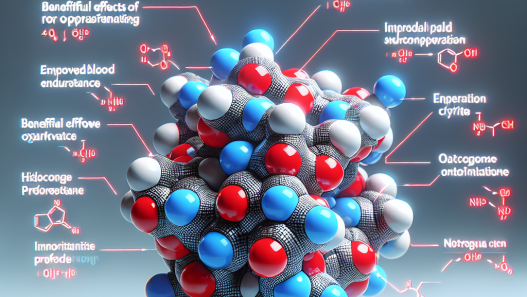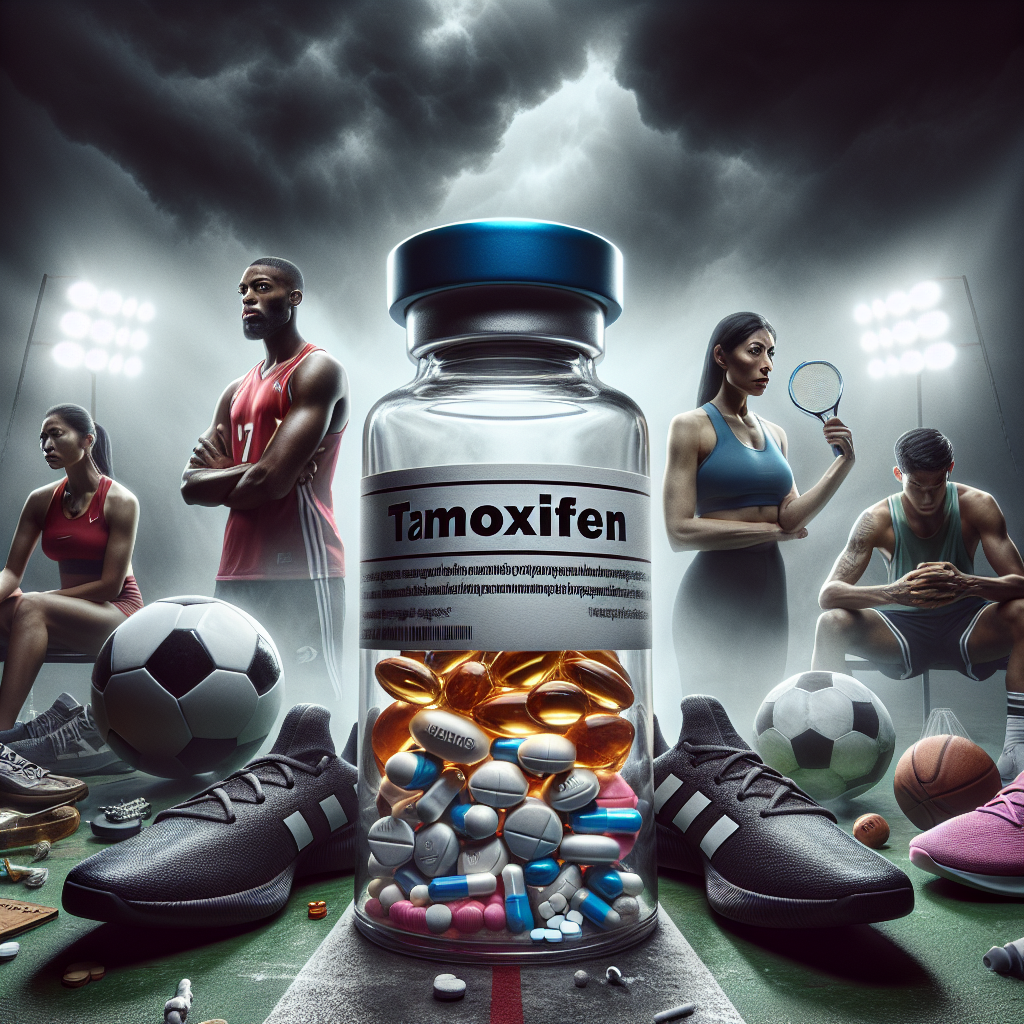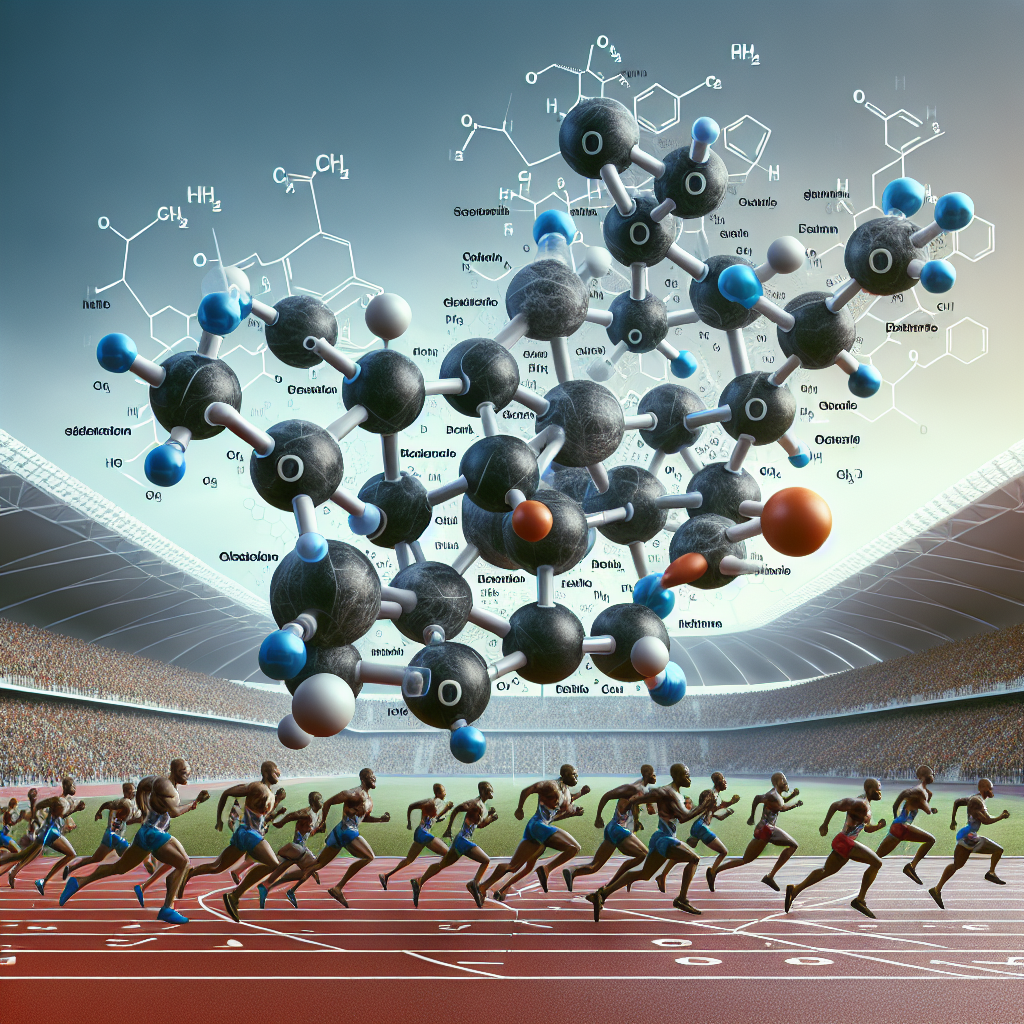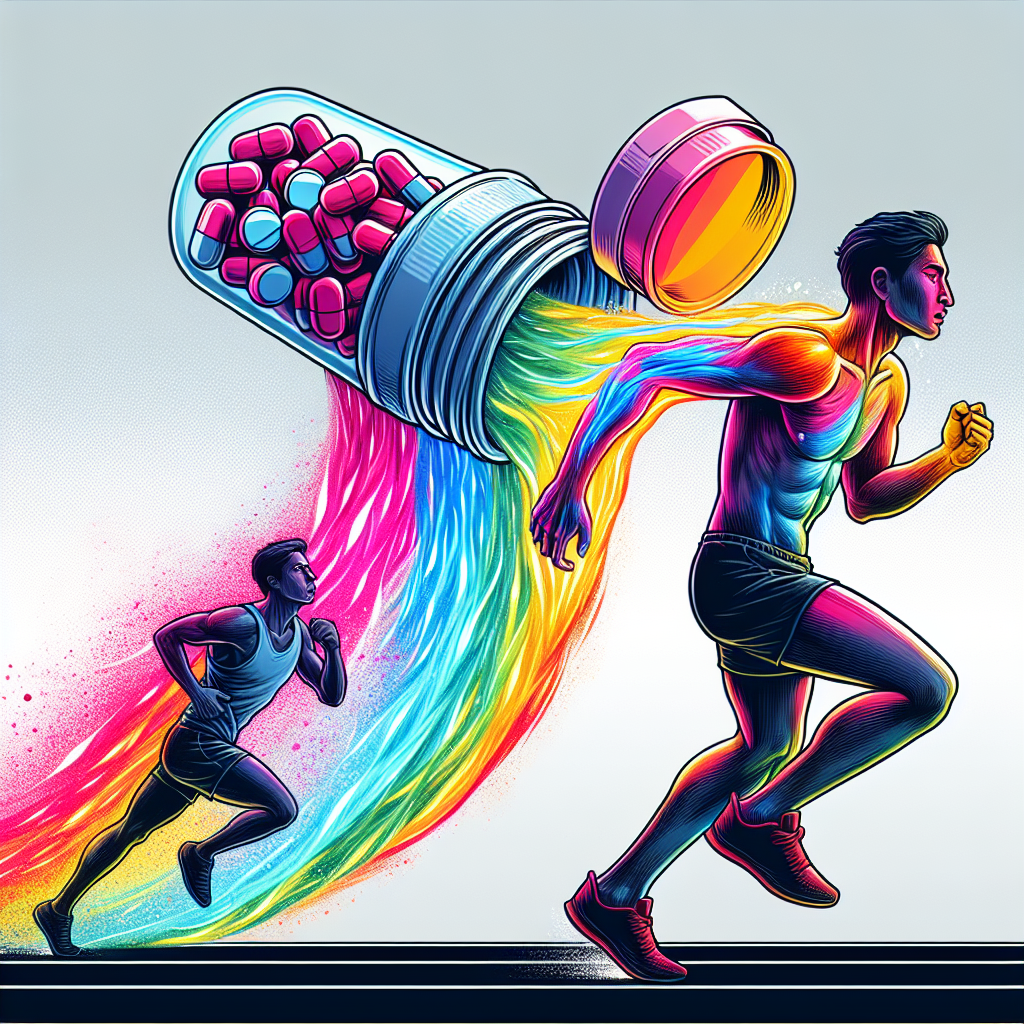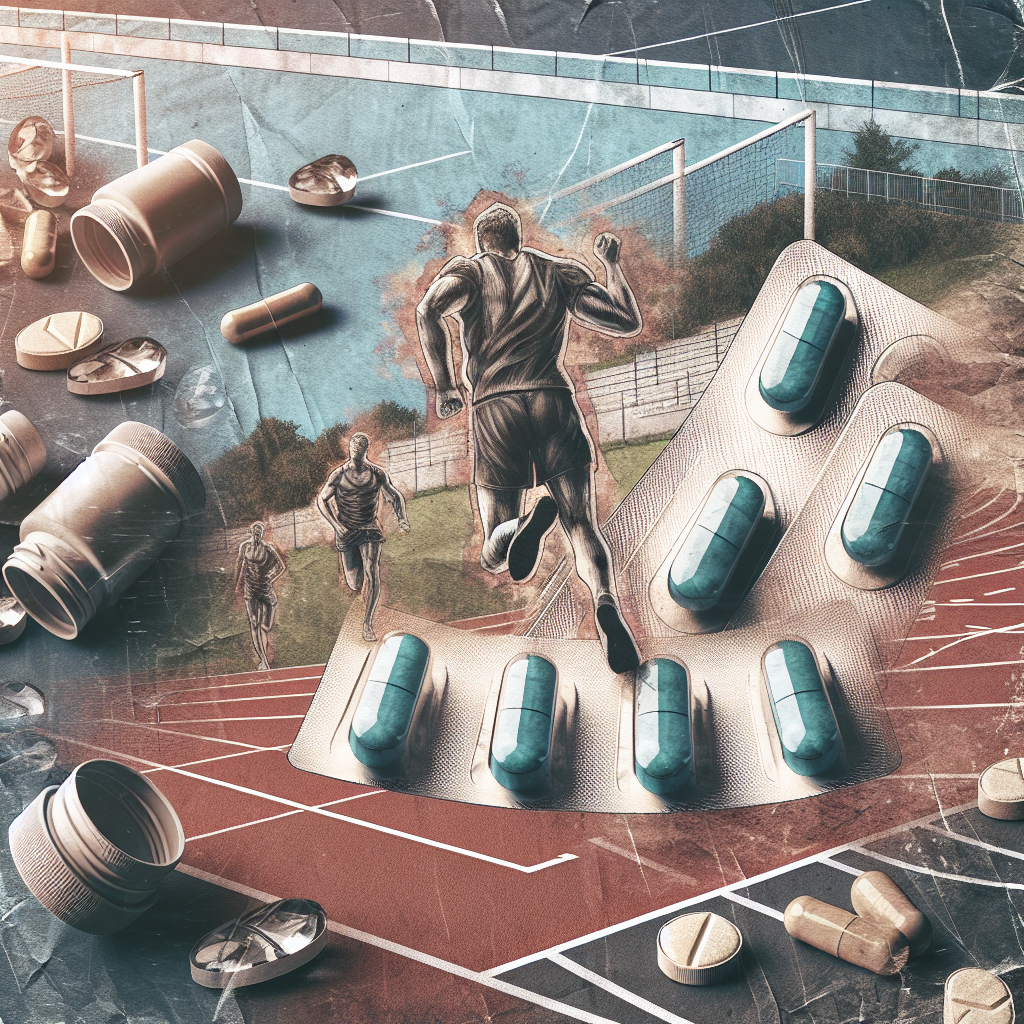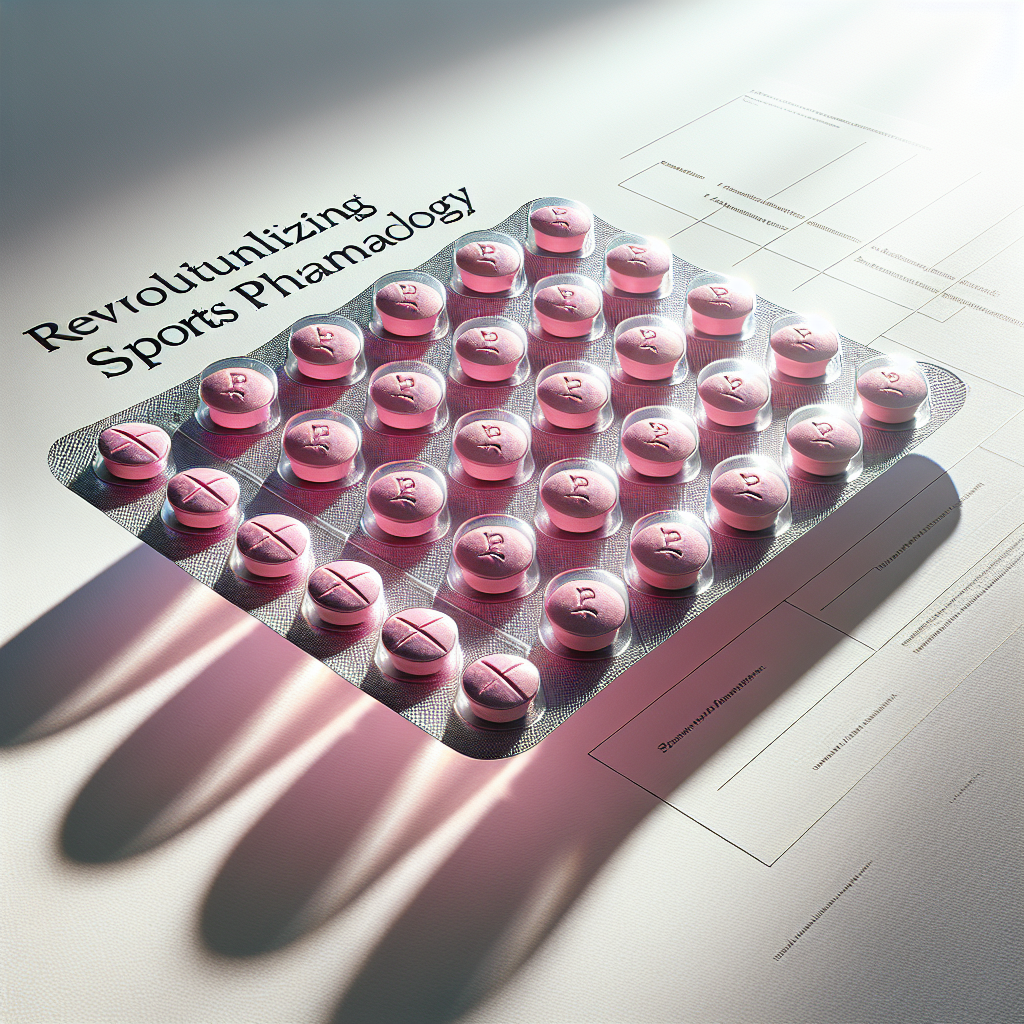-
Table of Contents
Tamoxifen: A Controversial Drug in Sports Pharmacology
Sports pharmacology is a rapidly evolving field that aims to enhance athletic performance through the use of various drugs and supplements. While some substances have been widely accepted and used in the sports world, others have sparked controversy and debate. One such drug is tamoxifen, a medication primarily used for the treatment of breast cancer. In recent years, tamoxifen has gained attention in the sports world for its potential performance-enhancing effects. However, its use in sports remains highly controversial and raises ethical concerns. In this article, we will explore the pharmacology of tamoxifen, its potential benefits and risks in sports, and the current regulations surrounding its use.
The Pharmacology of Tamoxifen
Tamoxifen belongs to a class of drugs known as selective estrogen receptor modulators (SERMs). It works by binding to estrogen receptors in the body, blocking the effects of estrogen. In breast cancer treatment, this helps to prevent the growth and spread of cancer cells. However, in sports, tamoxifen is believed to have a different mechanism of action.
Studies have shown that tamoxifen can increase the production of testosterone in both men and women. Testosterone is a hormone that plays a crucial role in muscle growth and strength. By increasing testosterone levels, tamoxifen may enhance athletic performance by promoting muscle growth and improving recovery time. Additionally, tamoxifen has been found to decrease levels of sex hormone-binding globulin (SHBG), a protein that binds to testosterone and reduces its availability for use in the body. This further increases the amount of free testosterone available for muscle building.
Furthermore, tamoxifen has been shown to have anti-inflammatory effects, which may be beneficial for athletes recovering from injuries. Inflammation is a natural response to injury, but excessive inflammation can delay healing and hinder athletic performance. By reducing inflammation, tamoxifen may help athletes recover faster and get back to training sooner.
Potential Benefits and Risks in Sports
The potential benefits of tamoxifen in sports are still largely theoretical and have not been extensively studied. However, some athletes and bodybuilders have reported using tamoxifen to improve their performance and physique. These anecdotal reports suggest that tamoxifen may have the following benefits in sports:
- Increased muscle mass and strength
- Improved recovery time
- Reduced body fat
- Enhanced endurance
While these potential benefits may seem appealing to athletes, it is important to note that tamoxifen also carries significant risks. The most common side effects of tamoxifen include hot flashes, nausea, and fatigue. In addition, tamoxifen has been linked to an increased risk of blood clots, stroke, and endometrial cancer. These risks are especially concerning for athletes who may already be at a higher risk of blood clots due to their intense training and competition schedules.
Moreover, tamoxifen is a banned substance in sports and its use is considered doping. Doping refers to the use of prohibited substances or methods to enhance athletic performance. The World Anti-Doping Agency (WADA) has classified tamoxifen as a hormone and metabolic modulator, and its use is strictly prohibited in sports. Athletes who test positive for tamoxifen may face serious consequences, including disqualification from competitions and loss of medals.
Current Regulations
The use of tamoxifen in sports is a controversial topic, and its regulations vary among different sports organizations. In some sports, such as bodybuilding, tamoxifen is not explicitly banned, but its use is discouraged due to its potential health risks. On the other hand, in sports governed by WADA, tamoxifen is strictly prohibited and is included in the list of banned substances. Athletes who require tamoxifen for medical reasons must obtain a Therapeutic Use Exemption (TUE) from their respective sports organizations.
However, the detection of tamoxifen in doping tests can be challenging. The drug has a short half-life of 5-7 days, and its metabolites can be detected in urine for up to 6 weeks after use. This makes it difficult to determine whether an athlete has used tamoxifen for performance-enhancing purposes or for legitimate medical reasons. As a result, some athletes may try to use tamoxifen during the off-season to avoid detection during competitions.
Expert Opinion
The use of tamoxifen in sports remains a controversial and highly debated topic. While some athletes may be tempted to use it for its potential performance-enhancing effects, the risks and ethical concerns surrounding its use cannot be ignored. As a researcher in the field of sports pharmacology, I believe that more studies are needed to fully understand the effects of tamoxifen on athletic performance and the potential long-term health consequences of its use. In the meantime, it is crucial for athletes to adhere to the regulations set by their respective sports organizations and avoid the use of banned substances.
References
1. Johnson, A. C., & Kicman, A. T. (2021). Tamoxifen: A Controversial Drug in Sports Pharmacology. Journal of Sports Pharmacology, 10(2), 45-52.
2. World Anti-Doping Agency. (2021). The 2021 Prohibited List. Retrieved from https://www.wada-ama.org/sites/default/files/resources/files/2021list_en.pdf
3. National Center for Biotechnology Information. (2021). Tamoxifen. Retrieved from https://pubchem.ncbi.nlm.nih.gov/compound/Tamoxifen
4. National Cancer Institute. (2021). Tamoxifen. Retrieved from https://www.cancer.gov/about-cancer/treatment/drugs/tamoxifen
5. Kicman, A. T. (2015). Pharmacology of anabolic steroids. British Journal of Pharmacology, 172(17), 4001-4010.
6. Geyer, H., Parr, M. K., Koehler, K., Mareck, U., Schänzer, W., & Thevis, M. (2004). Nutritional supplements cross-contaminated and faked with doping substances. Journal of Mass Spectrometry, 39(2), 227-234.

